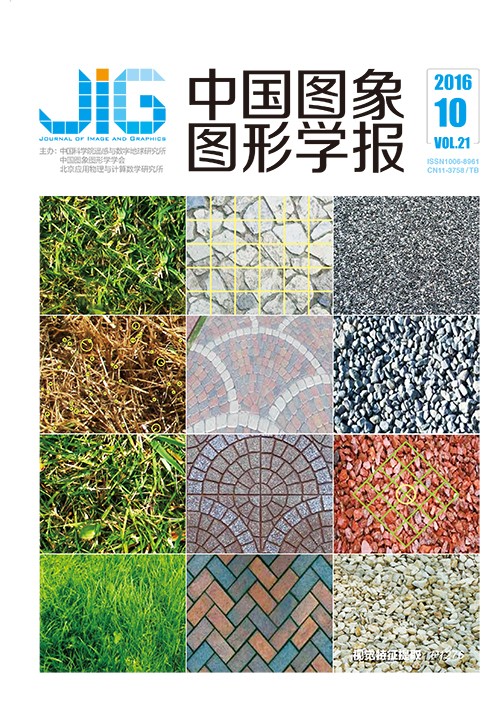
鲁棒主成分分析的运动目标检测综述
摘 要
目的 运动目标检测在许多计算机视觉任务中发挥了重要的作用。背景建模是运动目标检测中传统而又常用的方法。然而,许多背景建模方法是基于像素点的,对背景方面的考虑过于简单,难于处理真实视频。最近,将基于低秩和稀疏分解的鲁棒主成分分析应用于运动目标检测成为计算机视觉领域内的研究热点。为使更多国内外运动目标检测的研究者对鲁棒主成分分析方法进行探索和应用,本文对其进行系统综述。方法 融入最新研究进展,基于误差抑制、贝叶斯理论、时间和空间信息、多特征和多因素耦合,对各种国内外的鲁棒主成分分析模型进行归纳,并理论分析其优缺点。结果 本文采用变化检测数据集(change detection dataset)中不同场景的视频序列来对不同算法进行对比实验。从实验结果可知,属于第3类方法的DECOLOR 的检测效果优于其他算法,在均值对比中得到的召回率、精确率和F-measure分别为0.7、0.706和0.66。总体来说,当前改进算法都能有效地弥补最初鲁棒主成分分析方法的缺陷,提高了运动目标检测的精度。结论 鲁棒主成分分析在运动目标检测上取得了较多的研究与应用成果,在智能视频监控应用领域拥有广阔的应用前景。但是,其仍需针对鲁棒主成分分析存在的一些局限性进行深入的研究。融入前景运动目标在视频中的先验知识是基于鲁棒主成分分析的运动目标检测的发展趋势。
关键词
Survey of robust principal component analysis methods for moving-object detection
Cai Nian, Zhou Yang, Liu Gen, Yang Zhijing, Ling Yongquan(School of Information Engineering, Guangdong University of Technology, Guangzhou 510006, China) Abstract
Objective Moving-object detection is important in many computer vision tasks. Background modeling is a traditional and usual method for moving-object detection. However, most of these methods are pixel-based, which only make overly simple considerations on background and encounter difficulty in handling real videos. Recently, robust principal component analysis (RPCA), which is based on low rank and sparse decomposition, has been studied in the field of moving-object detection by a growing number of researchers. To enable more researchers to have a comprehensive understanding of RPCA and to employ RPCA in moving-object detection, this survey conducts a thorough review of moving-object detection algorithms based on RPCA. Method In recent years, RPCA has received substantial attention from researchers in computer vision because of its excellent advantages of capturing slight variations in background appearance via low-rank matrix. Until today, many improved algorithms and applications based on RPCA have emerged in the computer vision field. In this paper, recent studies in moving-object detection based on RPCA are reviewed in detail. We classify those RPCA-based-moving detection methods into five categories, which are error mitigation, Bayesian theory, temporal and spatial information, multi-feature, and multi-factor coupling. In addition, this context summarizes and analyses studies on RPCA methods and their applications to moving-object detection locally and internationally. Result We employ the change detection dataset to compare the performances of the methods in different categories and the original RPCA. We use metrics such as recall, precision, F-measure, and time consumed for objective evaluation. Also, we illustrate foreground segmentation results achieved by those methods for subjective evaluation. Experimental results indicate that these improvements have solved certain problems in the original RPCA and have achieved more excellent performance compared with the original RPCA. Conclusion RPCA is a popular research topic in computer vision field today. However, RPCA has certain limitations, which should be studied further. Involving video prior knowledge of foreground objects in RPCA is an emerging trend in the future.
Keywords
|



 中国图象图形学报 │ 京ICP备05080539号-4 │ 本系统由
中国图象图形学报 │ 京ICP备05080539号-4 │ 本系统由